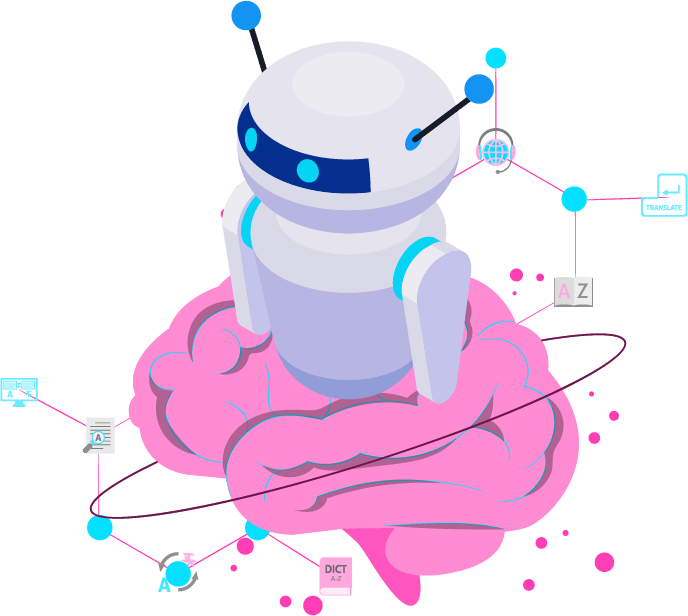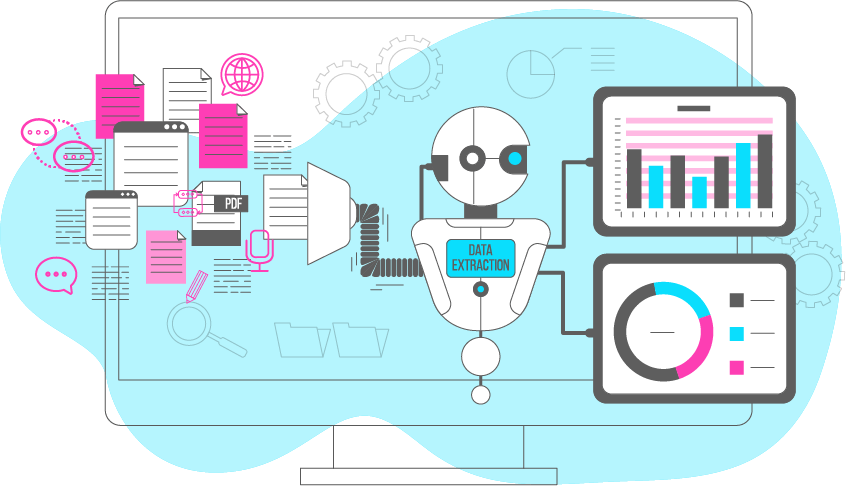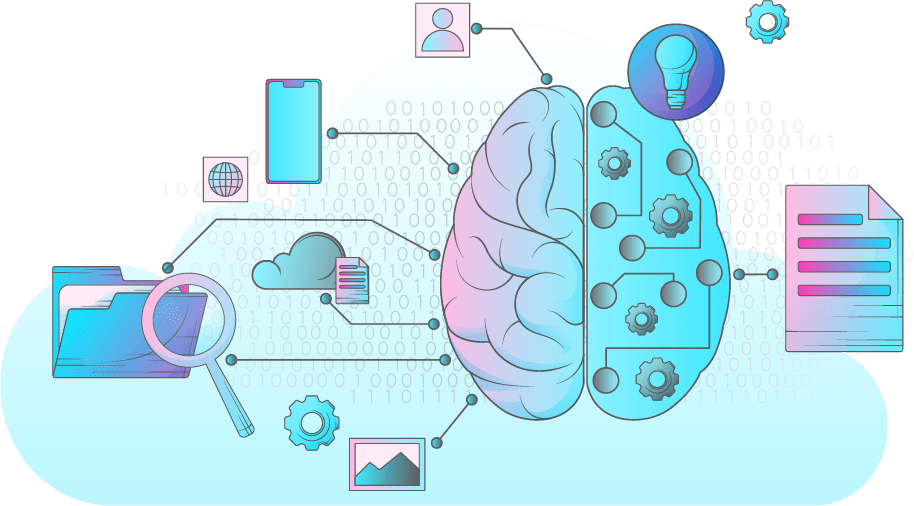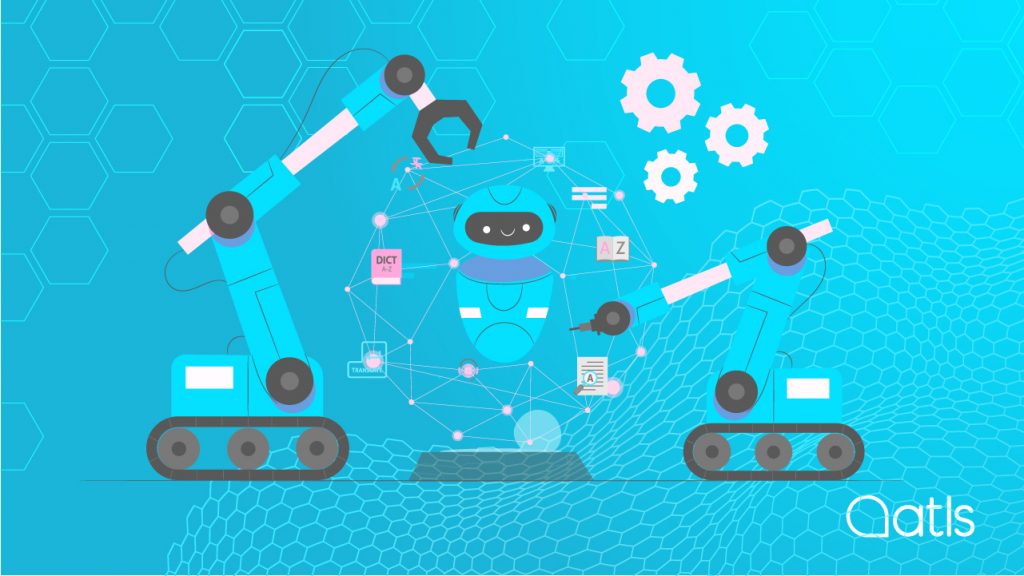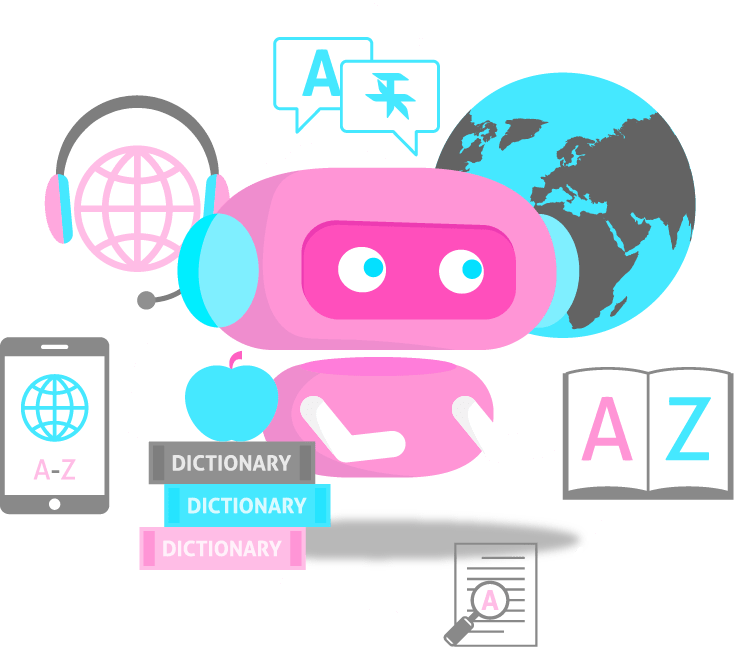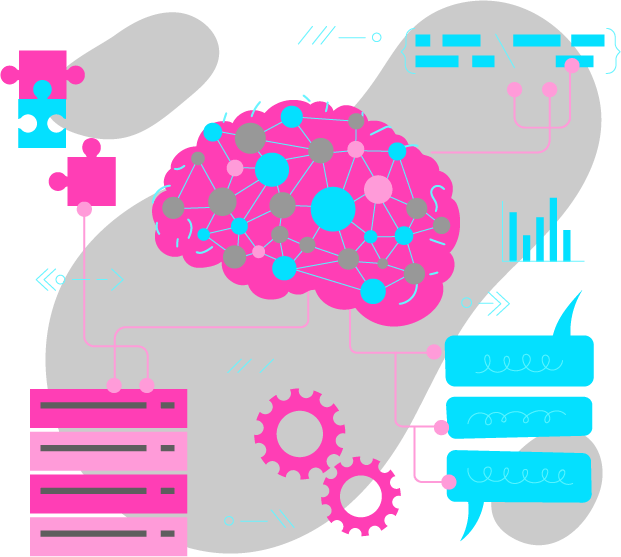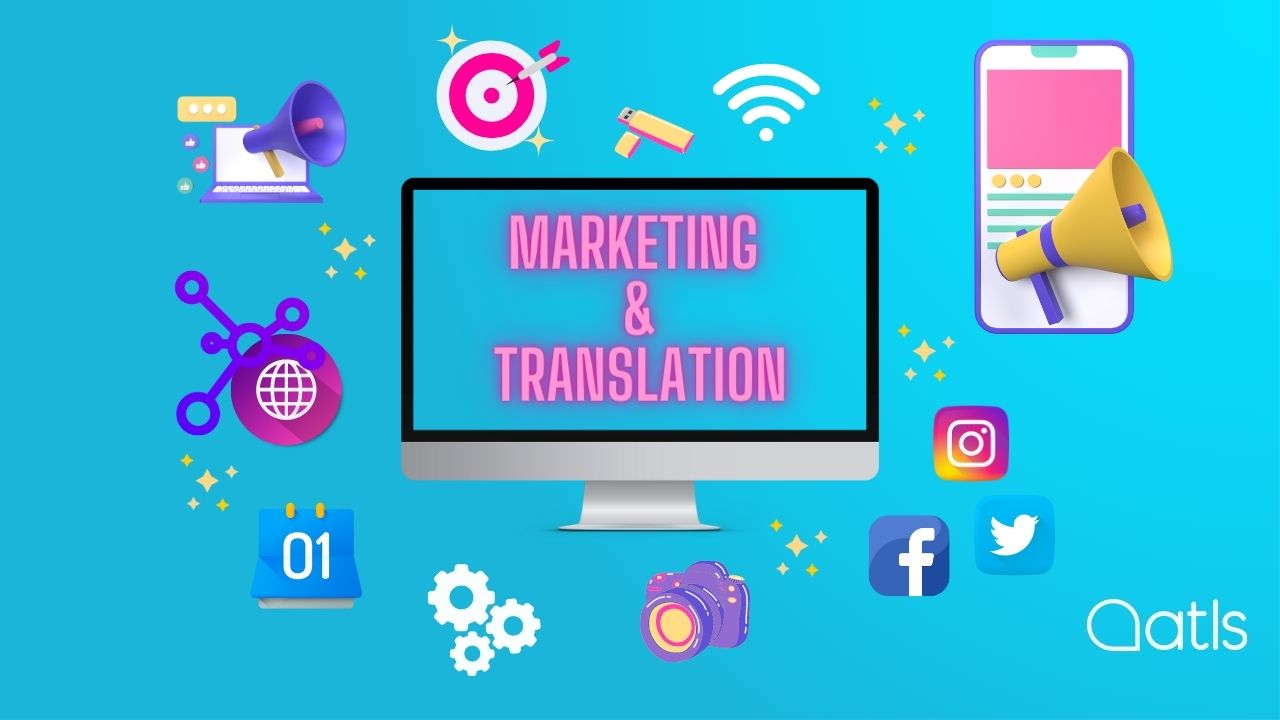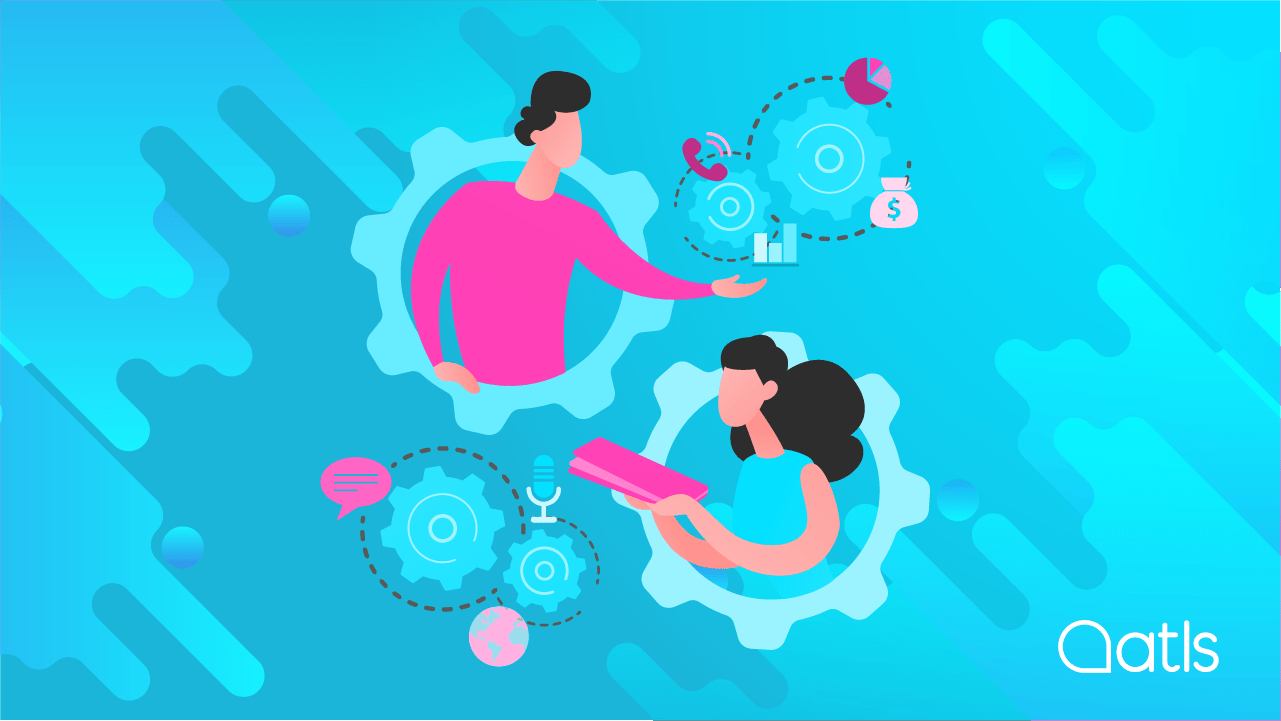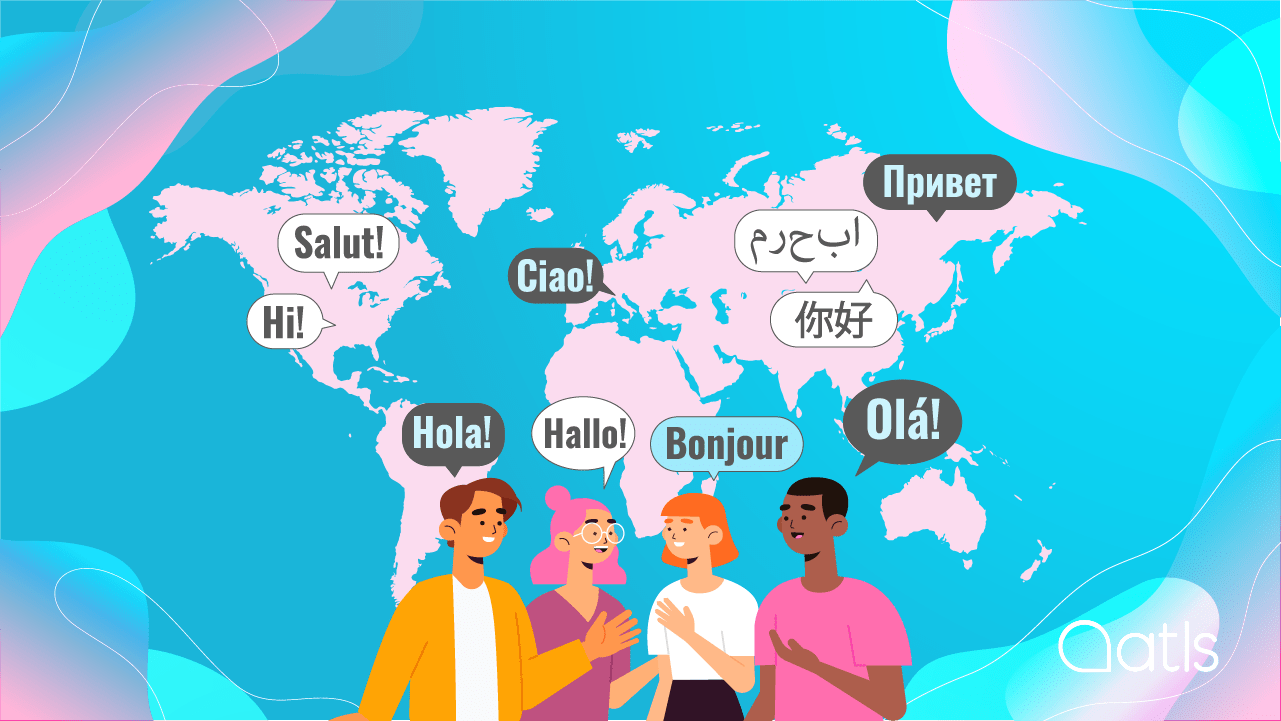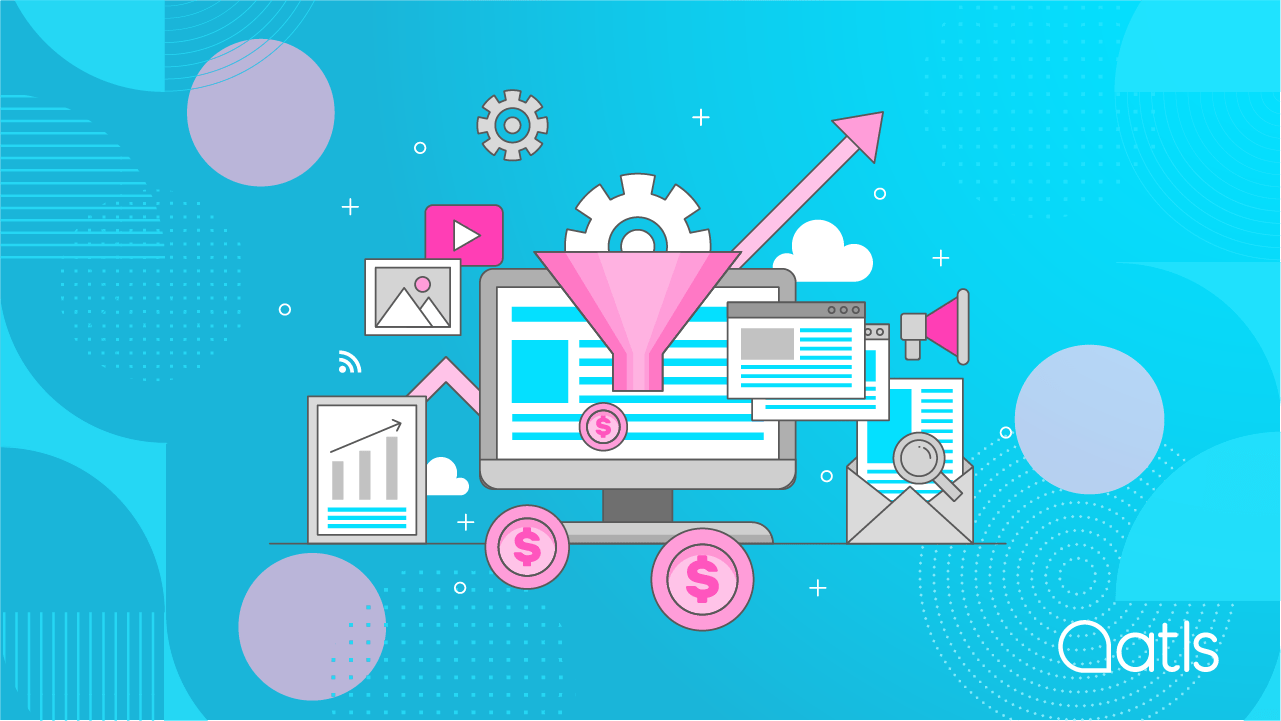Complete Guide to AI for Translation
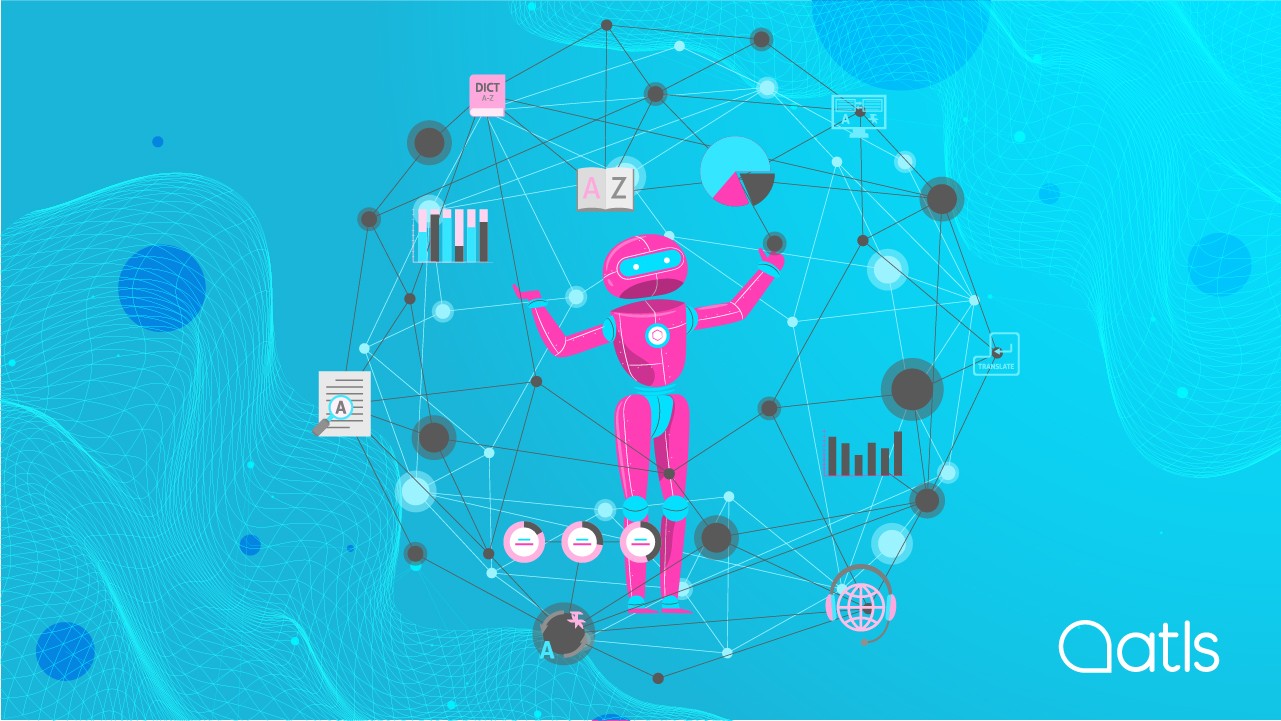
Keywords: artificial intelligence for translation, artificial intelligence for video translation, artificial intelligence, machine translation.
In our interconnected and globalised era, overcoming language barriers is an ever-present challenge to effective communications. But thanks to the rapid advance of artificial intelligence (AI) in recent years, machine translation has undergone a revolutionary shift. AI for translation has the power to break down language barriers and limitations, giving us all the ability to communicate and interact, regardless of the language spoken. We're going to take a look at the latest advances in AI for language translation, its impact on various industries and how it's enhanced global communications.
Imagine being able to communicate with people from all over the world fluently, regardless of their mother tongue. This sci-fi fantasy is now a reality, all thanks to AI. AI for translation has taken huge leaps forward, completely transforming the way we communicate and understand each other.
In this guide, we'll take a look at the various techniques and approaches automatic translation systems tap into. We'll break down the processes and see what makes it so efficient, and show you how the latest advances in AI have made translations more natural, accurate and contextually relevant.
It doesn't matter whether you're a professional translator, language student or just someone who wants to communicate better with people who speak languages. Whoever you are and wherever you're from, this guide is for you.
Dive into the world of AI for translation
What is AI for language translation?
Artificial intelligence has burst into our lives with staggering, revolutionary force. But how is AI actually used for translation?
In essence, AI translation refers to using machine learning models to automatically translate texts or speeches from one language to another. AI uses complex natural language processing systems (NLP) and neural networks to analyse and understand the meaning and context of a phrase in one language, then produce a consistent and accurate translation in another.
The fact that artificial intelligence for translations can learn and improve with each interaction is what gives it the edge. Vast amounts of linguistic data are used to train AI models, which means it can pick up on the subtleties of the language in question as well as cultural variations. These engines are exposed to more and more examples over time, which are then backfed with human corrections, perfecting the models and resulting in increasingly natural and accurate translations.
But we're a translation company, and we should warn you that artificial intelligence is no substitute for human translators. It may have made significant progress in terms of quality and fluency, but AI can still be stumped by contextual nuances, specialist jargon and cultural references. This is where human intervention comes in, offering invaluable input to guarantee a perfectly translated message.
Ever since AI burst onto the scene, it's been an indispensable tool in many facets of life, from translating documents and website pages to real-time translation on our smartphones. It's accelerated the pace of international business, made it easier to circulate information worldwide and promoted inclusion and diversity in an increasingly interconnected world.
Using AI for translation: how does it work?
Artificial intelligence translation systems use a variety of techniques and algorithms when converting a text into another language.
- Using automated deep learning models: large linguistic datasets are used to train engines, showing them how to recognise patterns and correlations between words and grammatical structures in different languages. The more examples these engines are fed, the more perfect the translation results.
- Using statistical translation models: these models analyse vast amount of bilingual data, picking out patterns and constructing a knowledge base of relationships between words and phrases in different languages. The system then mines the information to gauge the most similar translation of a given sentence, based on the frequency and co-occurrence of words in the training data.
- Using recurrent neural networks (RNN): No doubt you're wondering what RNN means. These models have the capacity to take into account context and relationship between words in a phrase. This means the models can generate much more concise translations.
- Using hybrid approaches: several techniques and models are combined, harnessing the strengths of each one. Human translators play a key role in improving AI systems. They feed corrections and changes into the models, improving quality and creating an ongoing feedback and improvement loop.
How can I benefit from artificial intelligence for translation with ATLS?
At ATLS, we've always championed innovation in machine translation. We started our journey with rule-based translation models, which perform particularly well with similar languages such as Spanish and Catalan or Spanish and Galician. We then moved on to general neural models, giving us the capacity to expand our machine translation offering into more diverse language pairs such as English into Spanish and vice versa. Finally, we developed our own proprietary technology based on neural models to offer translations perfectly tailored to our customers' needs. Our neural models are based on the same technology the ubiquitous Google Translate and revolutionary ChatGPT both use. Thanks to this technology, we can now offer translations in line with our customers' expectations - quickly and easily.
What makes ATLS AI for translation unique?
The key advantage of using AI translation developed by ATLS is that our engine training and learning processes draw on the entirety of the translations we provide for our customers. Our company trajectory spans more than 24 years, and that's given us an incredibly rich database of translations in multiple languages that we use to train the machine translation models our customers use. And of course, all the translations used to teach and train the machines has been reviewed by our team of translators, guaranteeing maximum quality. And there's more. As well as learning to tailor translations to the tone and vocabulary our customers request, our AI for translation can also maintain the format of documents we receive (in the case of the more advanced models), adapting translations to the various subject areas we work in (banking, fashion, etc.), offering even greater translation accuracy.
How can I use AI for language translation?
Since this AI hit the market, it's taken us to a whole new level, offering tools with astonishing potential. So, how can you harness that potential?
- Translation apps: you can download well-known apps that use advanced algorithms to translate content in real time. You simply speak or write the phrase you want to translate, select the source and target languages and voilà! This is especially useful if you're travelling or interacting with people who don't speak your language.
- Document translation: if you have a large volume of documents you need to translate, translation AI could be your perfect ally. Some online services allow you to load your documents into the platform and get instant translations. It's very important to review the quality of the translation and make any changes you deem necessary, as AI may not capture all the nuances within the context.
- Translation tools integrated into web browsers and platforms:: A number of web browsers and online platforms offer extensions or integrated translation tools. These tools tend to use AI to automatically detect languages and offer instant translations of the website, emails or other content. This can make it easier to read and understand the content, without having to copy and paste it into an external translation tool.
- Collaborating with human translators: AI translation may have come on a lot, but working in conjunction with human translators is still essential. Professional translators can bring cultural knowledge to the table, interpret nuances and ensure the quality of the most complex translations. Combining artificial intelligence and human expertise can yield incredible results in terms of translation accuracy and fluency.
The many applications of AI for translation
Using AI for language translation has numerous applications, playing a pivotal role in overcoming language barriers and promoting effective communication in an increasingly interconnected world. Let's look at some examples:
- International communications: Translation AI has completely revolutionised the way we communicate at a global level. AI gives you the power to communicate seamlessly with speakers of other languages when you're travelling, or attending business meetings or international events. In turn, this promotes mutual understanding and global collaboration, opening doors to new opportunities both personally and professionally.
- Accessibility to information: Translation AI has democratised access to information worldwide. Documents, websites, books and educational resources can be translated into all the languages of the world in a matter of clicks. This gives people from different cultures and language backgrounds access to knowledge and resources that would otherwise be out of reach. Translation AI has given a boost to inclusion and equality of access to information.
- Tourism industry: Using artificial intelligence for language translation has given the tourism industry huge rewards. Apps that produce real-time machine translations have made travel easier and more accessible for tourists. Communicating with locals, reading signs and understanding menus in foreign restaurants: these are all now possible thanks to translation AI, giving travellers the confidence and convenience of communicating wherever they are in the world.
- International trade: Translation AI has simplified and streamlined international business transactions. Contracts, agreements, emails and other business communications can all be translated in an instant. This has triggered an expansion of businesses beyond borders, fostering global economic collaboration.
- Access to medical services and care: Using artificial intelligence for translation has also improved access to essential services such as medical care and social services. When AI moves into medical settings, health professionals can communicate with patients who speak different languages, ensuring they are given the right, high quality medical attention. This gives everyone access to health and wellness services, regardless of their mother tongue.
Using artificial intelligence for written translation
The way we translate texts has also changed. AI offers super-efficient solutions for translating written documents. Next, we'll take a look at how AI has revolutionised text translation, and how you can leverage this cutting-edge technology for your own language needs.
- Automatic translation: AI-driven machine translation has given rise to fast automated translation systems. Machine learning models trained with large linguistic datasets can analyse and understand the context of text in one language, generating a coherent translation in another language. The ability to generate machine translations streamlines processes, yielding instant translations of large volumes of text.
- AI-assisted translation: AI has also facilitated computer-aided translation, whereby human translators work in collaboration with AI systems. These computer-aided translation tools suggest translations and give the user vocabulary and context options, helping translators with their work. By leveraging the power of AI, translators can improve on their texts whilst keeping quality and human input front and centre in the translation process.
- Personalised translation: AI systems for translating texts are also becoming increasingly customisable and adaptable. Some platforms allow users to train their translation models with specific data, obtaining more accurate translations, tailored to their own needs. This is ideally suited to companies and professionals who value consistent terminology in their translations, adapted to their own specialist context with just the right jargon.
- Error translation and automatic correction: Translation AI also has the power to automatically detect and correct errors in translations. Using machine learning models, these systems can pick out common error patterns and offer suggestions to correct and improve translation quality. This saves considerable time as compared with manual revisions.
Using artificial intelligence for video translation
And artificial intelligence doesn't stop at text translations, it's also making a splash in video translations!Thanks to staggering technological advances, AI has opened up new possibilities for audiovisual translation, bringing cultures closer to us through the screen.
- Automatic subtitling: with AI, real-time automatic subtitles on video are a reality. Harnessing voice recognition and natural language processing tools, it can transcribe and translate video dialogue automatically, generating real-time subtitles in different languages. This is particularly beneficial to people with hearing difficulties, or anyone who wants to enjoy audiovisual content in a language other than the original.
- Dubbing translation: AI has also made waves in video dubbing translation processes. AI systems can analyse the original audio and generate fluent translations to adapt dialogue to another language. Compared to traditional dubbing workflows this saves time and resources, meaning more audiovisual content can quickly reach international audiences.
- Multimedia content translation: going beyond the dialogue, AI can also translate other visual and text elements in videos. This could be text on the screen, signs, embedded subtitles or other graphic elements. Putting computer vision algorithms and natural language processing into action, AI can automatically identify and translate these elements, providing a comprehensive viewing experience.
- Translation of live events and conferences: artificial intelligence has opened up opportunities for simultaneous translation of live events and conferences. Live-streaming, natural language processing and AI systems team up to analyse real-time speeches and generate simultaneous translations in different languages. It means you can attend international events, given that participants can fully understand and get involved in matters regardless of their language.
- Access to cultural and educational content: AI-driven video translation has expanded access to cultural and educational content worldwide. Films, documentaries, conferences and other audiovisual materials can be translated and subtitled into multiple languages, facilitating the dissemination of knowledge and promoting cultural diversity. This encourages global understanding and the exchange of ideas, bridging different communities and enriching the audiovisual experience.
Using artificial intelligence to translate images
As well as processing and understanding text, AI can also interpret and translate images. Pure science fiction!
- Text recognition and translation of images: Thanks to AI, you can now extract text from images and translate it automatically into another language. Using optical character recognition (OCR) algorithms and natural language processing techniques, artificial intelligence for translation identifies and translates text appearing in photographs, posters and other visual elements. It's invaluable when you need to understand information in another language instantly when you're travelling.
- Visual content: using neural networks and deep learning models, AI can recognise and translate visual elements like symbols, icons, graphics and illustrations. This makes visual information easier to understand, whether it's in presentations, technical manuals, infographics or other visual media. Translating visual content promotes accessibility and inclusion, giving people from different cultures the power to understand and benefit from visual content of interest.
- Product descriptions and labels: In the world of ecommerce, translating labels and product descriptions is a key ingredient when reaching international audiences. It helps companies to internationalise their offering, giving customers around the world a localised shopping experience.
- Multimedia content: AI can also translate multimedia content such as images in presentations, videos or promotional materials. AI applies image processing and natural language processing techniques to analyse and translate visual elements in multimedia content, offering multilingual audiences a comprehensive and accessible experience. Information can now be shared more easily, promoting effective communication and contributing to improved cross-cultural understanding.
The challenges and limitations of artificial intelligence for translation
However, this rapid advance in translation technology comes with a warning, and it's important to face the significant challenges and limitations it brings with it head-on. AI has proved itself to be a powerful tool for facilitating translations, but there's still room for improvement in a number of emotional and practical aspects. When you're using an AI model for translation, you should think about these potential issues:
- Cultural context and in-depth knowledge: it can find it hard to capture and understand the cultural context and linguistic subtleties that come into play in translation. Nuances, idioms and cultural references can be lost - or misinterpreted - by AI models, which can affect the quality and accuracy of translations to a degree. What's more, the AI may lack in-depth knowledge in specialist areas such as technical terminology or industry-specific jargon, which may lead it to generate inaccurate or inappropriate translations in certain contexts.
- Ambiguity and polysemy: Ambiguity is another challenge when using AI for translation. Depending on context, words and phrases can have multiple meanings, making it hard for AI models to determine the correct interpretation. Polysemy, a term used to describe the coexistence of a number of meanings for one word, can also lead to incorrect or confusing translations. AI still finds it tricky to discern the exact meaning of a word or phrase in cases of ambiguity or polysemy, which means human intervention is required to achieve an accurate translation.
- Translation of less common languages: AI may have proved its worth in translating widely spoken languages with large datasets available, but less common or minority languages remain a challenge. Due to the lack of sufficient data, AI models may come up against difficulties in offering accurate translations in these languages.
- Bias and errors: AI may be data-based, but AI models may fall victim to biases and errors inherent to the very datasets used to train them. This can lead to biased or inaccurate translations that reflect the prejudices found in the training data. AI models can also make translation errors, especially when faced with complex phrases, figurative language or unusual grammatical structures.
- The importance of the human factor: although AI has made leaps and bounds in translation, the human factor is still irreplaceable. Translation is a complex task requiring cultural understanding and expert knowledge.
What role do translators have in the AI translation era?
The role of the translator is still paramount in the AI translation era. AI may well have improved in terms of accuracy, but human translators play a crucial role in correcting and editing the translations generated, to ensure the message is conveyed accurately and consistently. And human translators are also experts in understanding the cultural and linguistic context. They can adapt to different domains and registers - or provide transcreations and localisation if and when required. In spite of these groundbreaking technological advances, the knowledge and experience translators bring to the table remain essential ingredients to ensure translation quality.
Translation isn't just a case of transferring words from one language to another. It's about conveying the meaning and intent behind the original text. Human translators have the capacity to understand the cultural and linguistic context of the original text, enabling them to draft more accurate translations, tailored to the target audience. AI translation may well have improved in this regard, but it can still find it hard to nail certain cultural nuances and idiomatic expressions.
And as we said before, AI for translation can come a cropper when tackling texts in specialist technical, scientific or legal fields, not to mention other registers such as colloquial or formal language. Human translators have the power to understand and adapt to these different domains and registers, ensuring translations are accurate and tailored to the specific context.
Last but not least, in some cases literal translation simply isn't enough, especially in the marketing and advertising industry. This is where human translators come in, playing a crucial role in transcreation, which means adapting and recreating the original message in the target language, making it effective and culturally relevant. Localisation is another area in which human translators provide essential knowledge and experience, adapting translations to the specific characteristics of a region or country.
Cutting-edge translation: discover how our AI can improve your multilingual communications
Leverage our expertise in using AI for language translation, and guarantee you get the highest quality translation results. Get in touch and work with our ATLS translation AI right now, and you'll get all the benefits of combining next-generation technology and the skills of professional, native-speaking translators in all industries. Do it now! And together, we can make your words cross borders and conquer the world! Shall we talk?
If you're interested in growing your business globally, get in touch.

